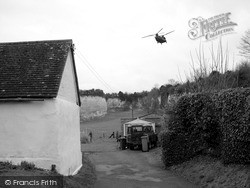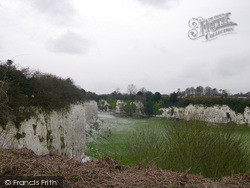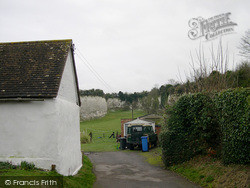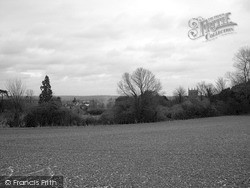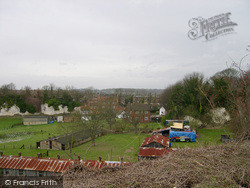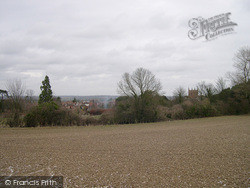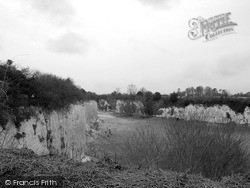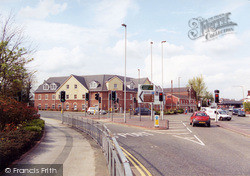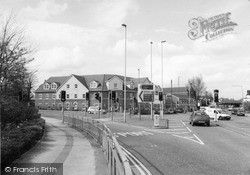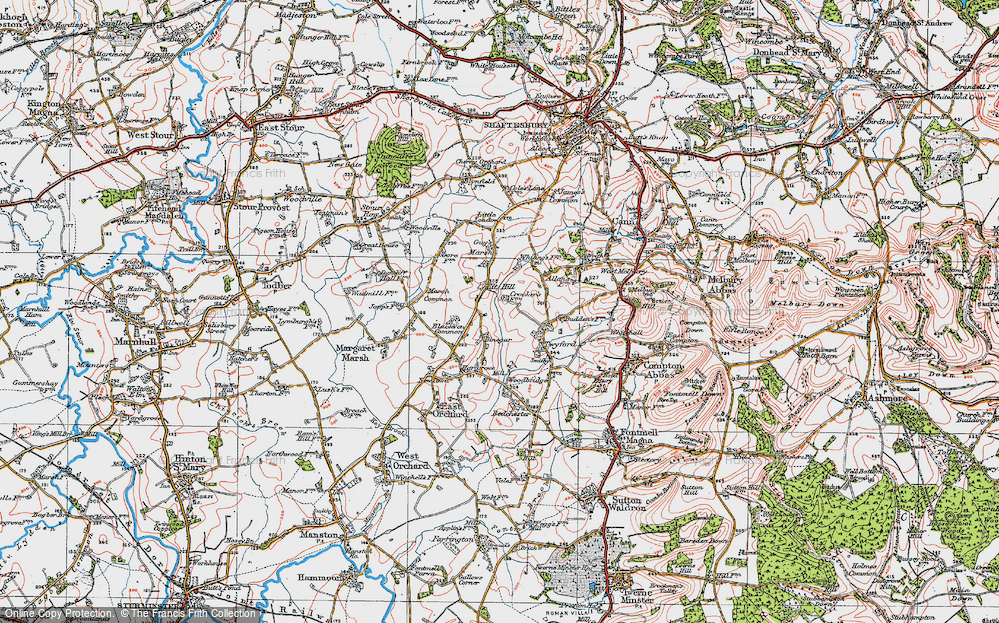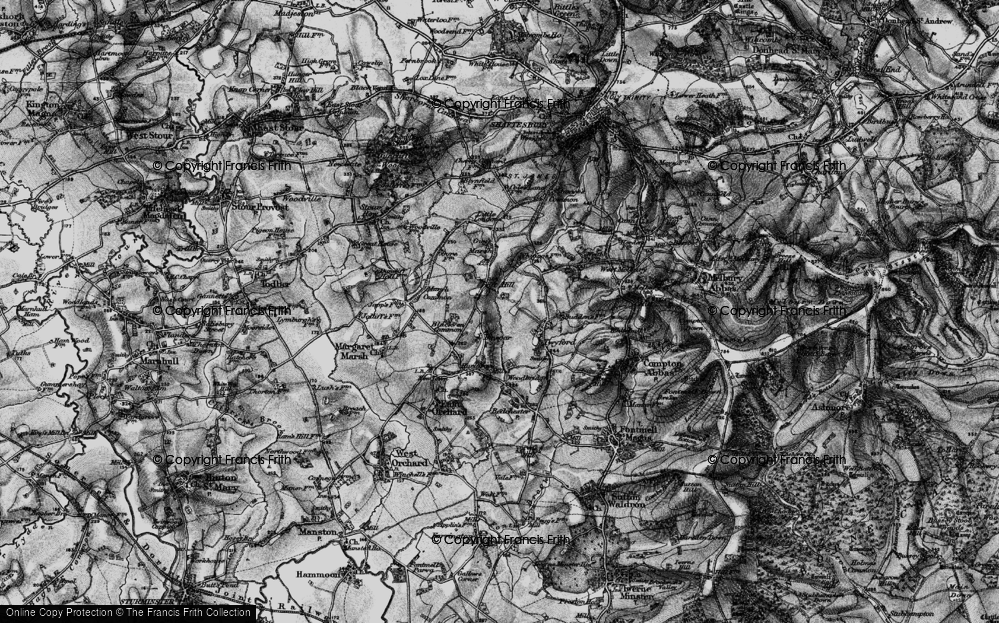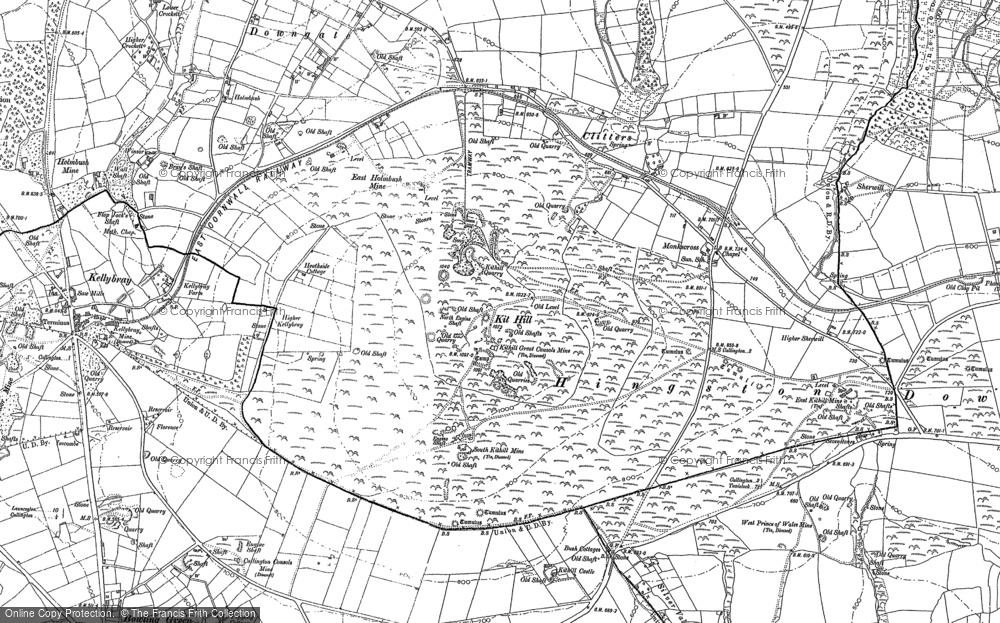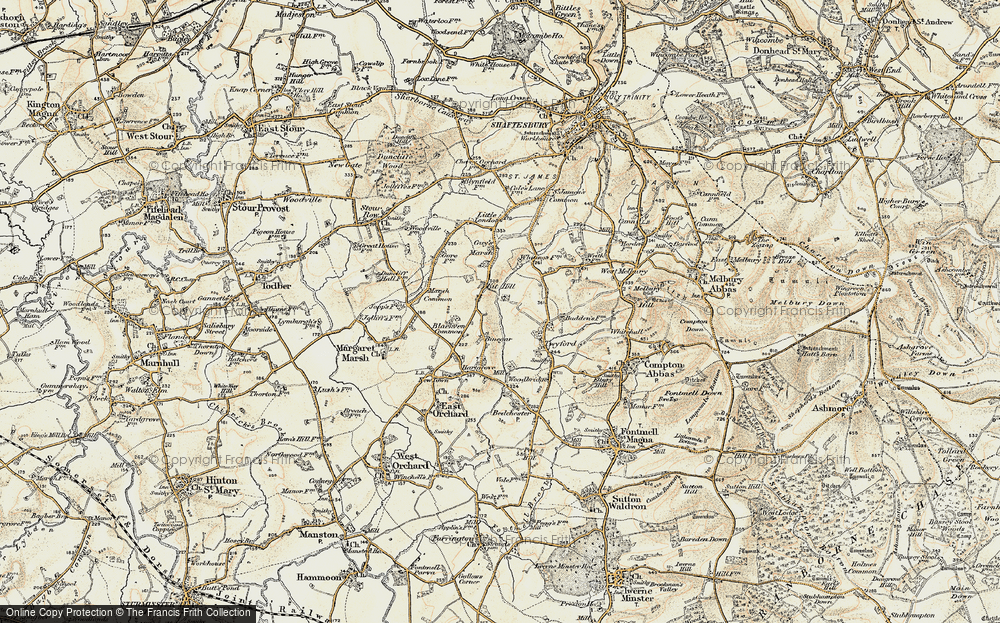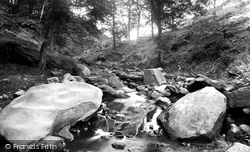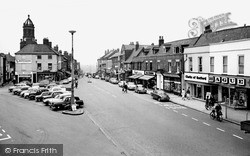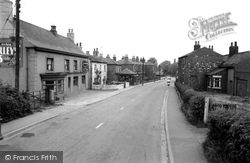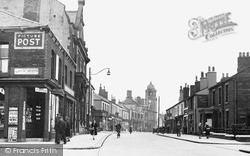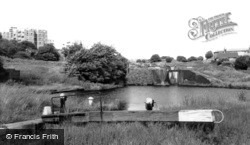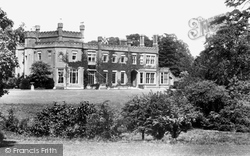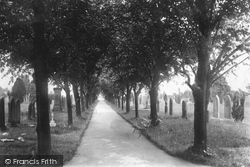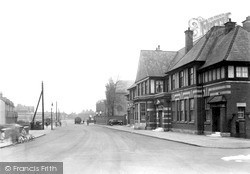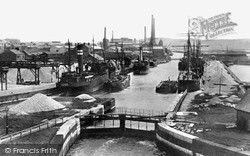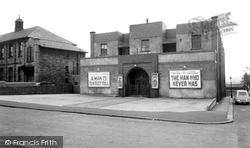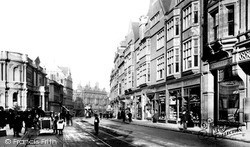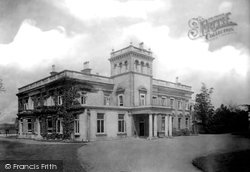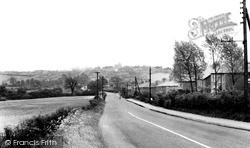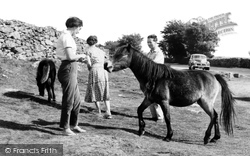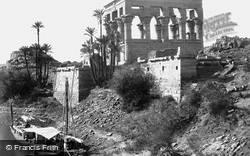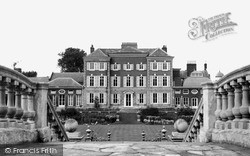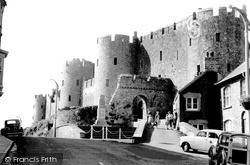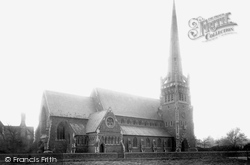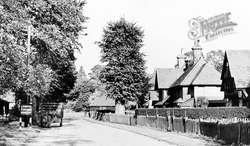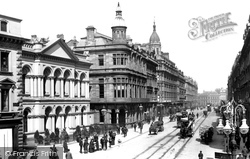Places
15 places found.
Those places high-lighted have photos. All locations may have maps, books and memories.
- Pit, Gwent
- Talke Pits, Staffordshire
- Tunnel Pits, Humberside
- Bedwellty Pits, Gwent
- Fenton Pits, Cornwall
- Slay Pits, Yorkshire
- Tre-pit, South Glamorgan
- Bailey Pit, Gwent
- Gore Pit, Essex
- Moss Pit, Staffordshire
- Red Pits, Norfolk
- White Pit, Lincolnshire
- Even Pits, Hereford & Worcester
- Forest Coal Pit, Gwent
- Michaelston-le-Pit, South Glamorgan
Photos
89 photos found. Showing results 81 to 89.
Maps
84 maps found.
Books
Sorry, no books were found that related to your search.
Memories
867 memories found. Showing results 41 to 50.
People
Small pit village with the village mentality,educationally sub normal due no doubt to the village family interbreeding. Still pervails in thid day and age
A memory of Kimblesworth
Flimby
I cannot remember a time where Flimby did not feature in my life. My father was born on Ryehill Road, and my grandfather was born and bred in Flimby. It once was a pit village and my grandfather John Watters was an engineer, his father was ...Read more
A memory of Flimby by
I Lived In Caerau On And Off During The Period 1950 1958
My mother's parents lived in Lloyd St for many years. Grandad (known by me I am told as 'dampa') was a coal miner at the pit up the hill from Lloyd St and I remember him showing me the pit ...Read more
A memory of Caerau by
Hillingdon In The 1940s And 1950s
My family lived in Hillingdon from the beginning of ww2 until 1953 when we moved from Biggin Hill. Our first home was a top floor flat in Pinewood Ave which was not ideal for a family with 4 children and then ...Read more
A memory of Hillingdon by
Floating Coffins
South Wingfield Church is situated right beside the river and it was reported to me when I was looking round the graveyard (I'm a fam hist fan) that they have /had problems when the river flooded disturbing the graves and ...Read more
A memory of South Wingfield by
Caerau Ancestry!
My mother Christine Evans I believe lived in George St Caerau and left for Australia with her new RAAF husband Vince Murphy just after the War around 1945. She was followed out to Australia by her parents Christmas and Kathleen ...Read more
A memory of Caerau by
Welbeck Colliery Village Now Know As Meden Vale
My Grandparents moved to Welbeck Colliery Village about 1926, when my mother was 10 years old, and stayed in the same house at the bottom of Elkesley Road until they went into care in the 1970s. ...Read more
A memory of Meden Vale by
Life On Kingwood Common
I think it must have been 1952 or 3 when I went to live on Kingwood Common with my parents in the old nissen huts left by the German POWs, and afterwards by Polish refugees. We knew the place as Kingdom Camp, or just ...Read more
A memory of Kingwood Common by
Sawmills
In the 1950s our family company " T. Smart & Sons (Contractors) Ltd " supplied large pit props to A. E. Johnson at Gorsley Wood who had a sawmill there . The timber was cut up into coverboards that were sent on the Kent Coal Fields.
A memory of Gorsley Wood
Expat Memories From Australia
Billy Benson here. I now live in Victoria Australia, but I grew up in Aveley and lived at 5 Crescent Walk. Loved the pictures of the local shops and the old town. My family moved to Australia in 1963. I have been back since ...Read more
A memory of Aveley by
Captions
118 captions found. Showing results 97 to 120.
This stream, the Lode Pit Beck, flows off the moor into the Aire at Shipley. A former drovers' track took trade over the hills to Ilkley and Otley.
The prosperous Georgian feel of the town originates with the presence of the castle and with its role as a market town and agricultural centre.
Also in that period massive pits surrounded Altofts, and the Church of St Mary Magdalene (1890) has a window memorial to the 32 men and boys (and 53 horses) killed in the explosion at the West Riding
On the northern edge of the Wigan coalfield, local pits once provided employment for over 2000 miners, but by the late 1940s the mines were just a memory.
The reasoning behind the construction of the Dudley and Stourbridge Canals was for the transportation of coal from pits around Dudley to the glass works at Stourbridge, and for the export of coals
The reasoning behind the construction of the Dudley and Stourbridge Canals was for the transportation of coal from pits around Dudley to the glass works at Stourbridge, and for the export of coals
It stands further east and closer to Cheam village than the original palace.
Burials were forbidden within the town, and a plague pit was opened at the southern end of Millgate near the bridge over the Devon.
The small village based around the manor of Rossington was enlarged to its west side once coal reserves had been found.
Runcorn was also a coal port, handling traffic from Lancashire and Staffordshire pits.
Cudworth was never a pit village, although it is surrounded by collieries at Monk Bretton (opened in 1870), Carlton (1879), Grimethorpe (1897), Frickley (1905) and Ferrymoor (1917).
Bilston had a lock-making industry of sorts in the 16th century but it remained fairly static; along with Pontypool, Bilston was an early centre for japanning—the copying of Japanese goods by English
After the Great War, it was used as a sanatorium for TB sufferers; it closed in the 1970s, when it was converted to private residences.
Kippax Colliery near Owl Wood flourished between 1858 and 1904, but it was the nearby pits of Allerton Bywater (1875-1992) and Ledston Luck (1909-1987) that transformed the village into the town
Dartmoor was plundered for its mineral wealth. In the south, huge pits were dug for china clay, an industry that continues today, and all over the moor granite was quarried for building stone.
Epsom Downs with its close-cropped turf and easy access from London was the place for it.
This pitted Protestants against Catholics, Parliamentarians against Royalists.
Poyer and Laugharne capitulated, but not before the traitor was caught and poetically buried in the water pit.
If we return briefly to the beginning of the 19th century, Sutton again made history when the body of Mary Ashford, aged 20, was found brutally murdered - drowned in a marl-pit in Penns Lane.
As Reading expanded south, St Giles', decaying and small, proved unable to cope, and Christchurch was built in 1861-2. It
Beyond, a timber structure can be seen in the front garden of No 1. It was for many years the village post office.
There was already the beginnings of a route in one very old narrow street, but all signs of Hercules Street were to disappear, along with its 40 fleshers and their killing yards.
Places (15)
Photos (89)
Memories (867)
Books (0)
Maps (84)


